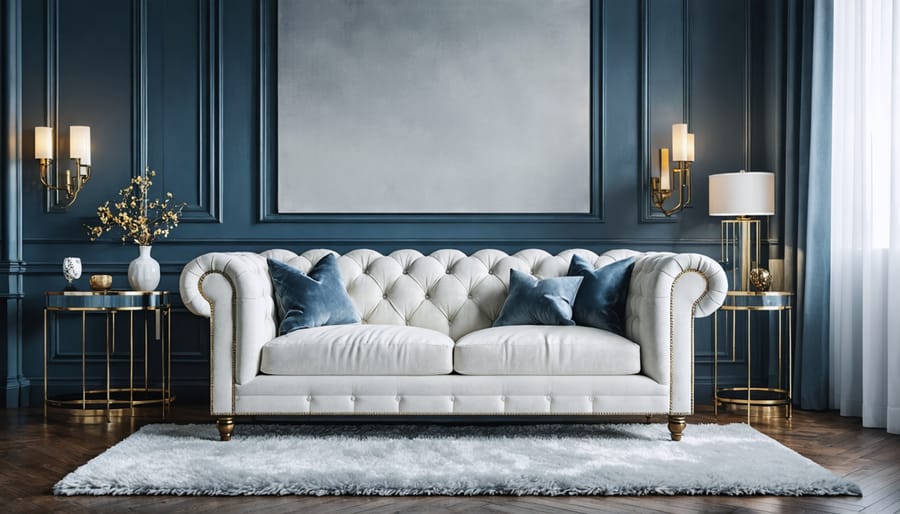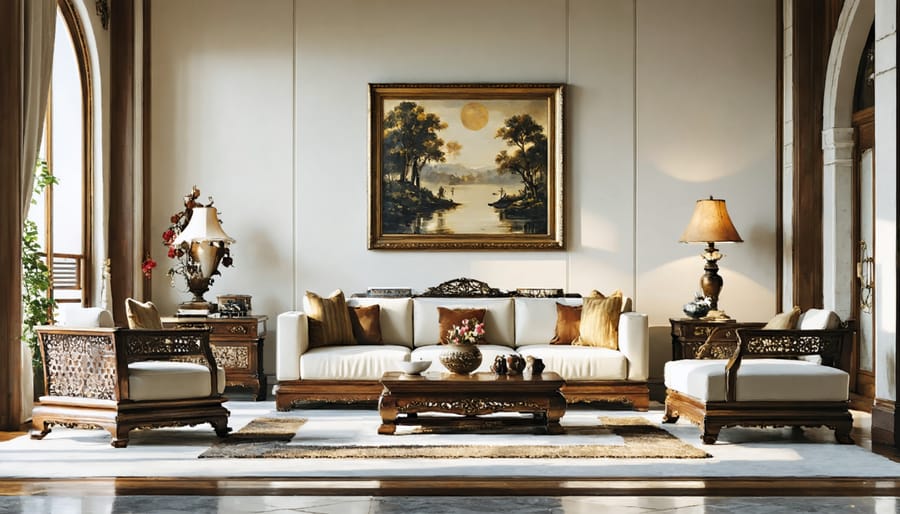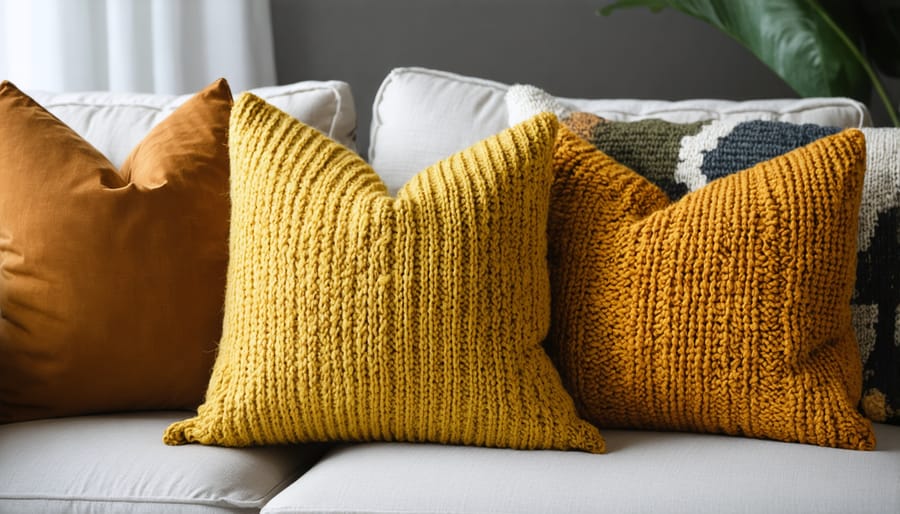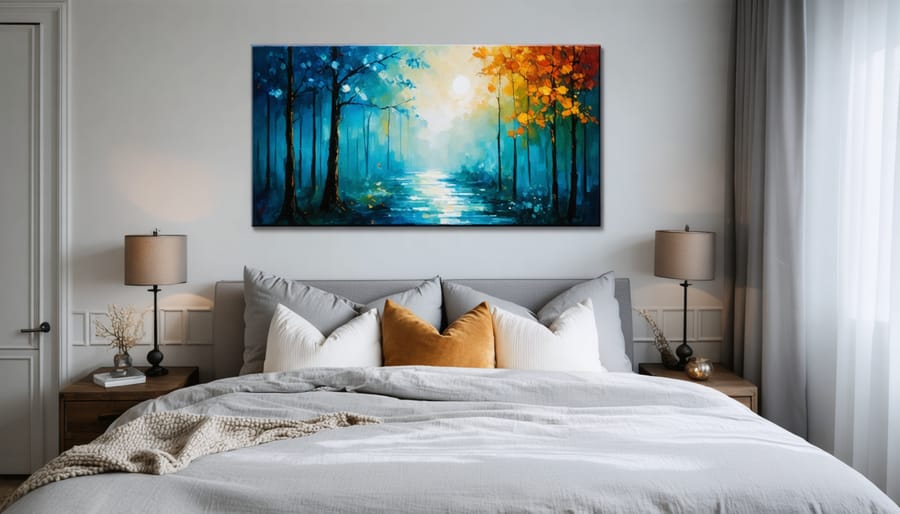
7 Timeless Transitional Style Design Secrets to Elevate Your Home
Embrace the perfect blend of traditional elegance and contemporary flair with transitional style interior design. This timeless aesthetic seamlessly merges classic design elements with modern sensibilities, creating inviting spaces that exude sophistication and comfort. Transitional interiors strike a delicate balance between the old and the new, featuring clean lines, neutral color palettes, and a harmonious mix of textures and materials. From the graceful curves of a tufted sofa to the sleek lines of a glass coffee table, each piece is carefully curated to achieve a sense of understated luxury. Whether you’re drawn to the warmth of a plush area rug or the gleaming beauty of polished metallic accents, transitional style offers endless possibilities for personalization. Discover how this versatile design approach can transform your home into a haven of relaxation and refinement, where the past and present converge in perfect harmony.
1. Balanced Blend of Traditional and Modern

Mixing Furniture Styles
Transitional style interior design effortlessly blends traditional furniture pieces with modern elements to create a timeless and inviting space. For example, pair a classic tufted leather sofa with sleek, minimalist end tables and a contemporary area rug. Mix antique wooden dining chairs with a glass-topped table for an eclectic yet harmonious look. Combine a vintage armoire with modern artwork and lighting fixtures to showcase the beauty of contrasting styles. The key is to balance the old and new, ensuring that each piece complements the other rather than competes for attention. By carefully curating a mix of traditional and modern furniture, you can achieve a transitional style that feels both familiar and fresh, creating a space that’s comfortable, stylish, and uniquely yours.
Unifying Color Palettes
One of the defining characteristics of transitional style is the use of cohesive color schemes that seamlessly blend traditional and modern elements. Neutral hues like whites, beiges, grays, and taupes create a calming backdrop that unifies the mixed furniture styles and decor. These versatile colors provide a sense of continuity throughout the space, allowing the carefully curated pieces to shine without overwhelming the eye. Pops of subtle accent colors, such as soft blues or greens, can be incorporated through accessories or artwork to add depth and visual interest while maintaining the overall harmonious aesthetic.
2. Emphasis on Simplicity and Comfort
One of the hallmarks of transitional style is its emphasis on simplicity and comfort. This design aesthetic embraces clean lines, uncluttered spaces, and a sense of tranquility. By keeping the overall design streamlined and well-edited, transitional interiors create a calming and inviting atmosphere that feels both timeless and modern.
The focus on comfort is equally important in transitional style. Plush, oversized seating, soft textiles, and warm, ambient lighting all contribute to a cozy and welcoming vibe. Layering different textures, such as a chunky knit throw draped over a sleek leather sofa, adds visual interest and a sense of depth to the space.
Transitional style also incorporates cozy home decor elements like plush area rugs, soft draperies, and comfortable bedding to enhance the overall feeling of warmth and relaxation. By striking a balance between simplicity and comfort, transitional interiors create a space that feels both sophisticated and inviting, perfect for unwinding after a long day or entertaining friends and family in a stylish yet laid-back setting.
3. Texture: The Unsung Hero
Textiles and Fabrics
Transitional style embraces a mix of textures to create a warm, inviting atmosphere. Throw pillows are an easy way to incorporate different fabrics, such as velvet, linen, and cotton, in coordinating colors. Layer a plush, high-pile rug over a flatweave or natural fiber rug for added depth and comfort underfoot. Choose curtains in a luxurious material like silk or a textured weave to add visual interest while maintaining a neutral palette. Upholstery fabrics should balance comfort and durability, with options like performance velvet, linen blends, and soft leather. By thoughtfully combining various textures, you can achieve the perfect transitional look that feels both stylish and inviting.

Natural Materials
Incorporating natural materials like wood, stone, and metals is a key element of transitional style, adding tactile variety and visual interest to your space. Opt for rich wood tones in furniture pieces, flooring, or accents to bring warmth and depth. Natural stone, such as marble or granite, can be used for countertops, fireplace surrounds, or decorative objects, introducing a sense of luxury and permanence. Metallic finishes in brushed nickel, oil-rubbed bronze, or matte black add a modern touch while complementing the organic textures of wood and stone. By thoughtfully combining these materials, you create a balanced, inviting atmosphere that feels both timeless and on-trend.
4. Sophisticated Neutrals with Pops of Color
A hallmark of transitional style is its sophisticated color palette, which relies on a foundation of elegant neutrals punctuated by strategic pops of color. The neutral backdrop, typically consisting of warm whites, creams, taupes, and soft grays, creates a serene and inviting atmosphere that allows the space to feel both timeless and fresh. These neutral hues provide a versatile canvas that can adapt to changing styles and personal preferences over time.
To add depth and visual interest to the neutral backdrop, transitional design incorporates carefully chosen accent colors. These pops of color, often in rich jewel tones or soft pastels, are strategically placed throughout the space in the form of artwork, throw pillows, rugs, or statement furniture pieces. The accent colors inject personality and character into the room while maintaining an overall sense of balance and cohesion.
By striking a perfect balance between the calming influence of neutrals and the energizing impact of accent colors, transitional style creates spaces that feel both sophisticated and livable. The result is a color palette that is timeless, adaptable, and effortlessly chic, making it a popular choice for homeowners and designers alike.

5. Minimalist Accessories and Decor
When accessorizing a transitional space, embrace a “less is more” philosophy. Curate a collection of carefully chosen, meaningful pieces that add visual interest without overwhelming the room. Opt for understated decor items with clean lines and subtle textures, such as a sleek ceramic vase, a minimalist sculpture, or a set of monochromatic framed prints. Avoid overly ornate or fussy accessories that can disrupt the balanced, harmonious aesthetic of transitional design.
Consider the scale and proportion of your accessories in relation to the room and furniture. Choose a few larger statement pieces, like an oversized mirror or a striking piece of wall art, to create focal points and anchor the space. Complement these with smaller, thoughtfully placed items that add depth and dimension without cluttering surfaces.
When it comes to functional accessories like throw pillows and blankets, choose designs with simple patterns or solid colors in a neutral palette. Opt for natural materials like linen, cotton, or wool to introduce subtle texture and warmth. Remember, the goal is to create a sense of effortless elegance, so be intentional with each accessory and decor choice, ensuring that it contributes to the overall harmony of the room.
Transitional style interior design offers a timeless and versatile look that seamlessly blends traditional and modern elements. By incorporating a neutral color palette, clean lines, and a mix of textures, transitional spaces achieve a balanced and inviting atmosphere. This style emphasizes comfort and functionality, making it perfect for everyday living.
One of the key benefits of transitional design is its adaptability. It allows you to showcase your personal style through carefully curated accessories and artwork while maintaining a cohesive overall aesthetic. Transitional interiors also provide a flexible foundation for future updates, as you can easily swap out accent pieces to refresh the look without overhauling the entire space.
Whether you’re drawn to the warmth of traditional design or the sleek simplicity of contemporary style, transitional interiors offer the best of both worlds. By following the essential principles of this timeless aesthetic, you can create a home that feels both elegant and comfortable, tailored to your unique lifestyle and tastes.
So why not experiment with transitional style in your own home? Start by simplifying your color scheme, mixing classic and modern furniture pieces, and adding layers of texture through textiles and accents. With a few thoughtful updates, you can transform your space into a beautiful, inviting retreat that you’ll love coming home to every day.
